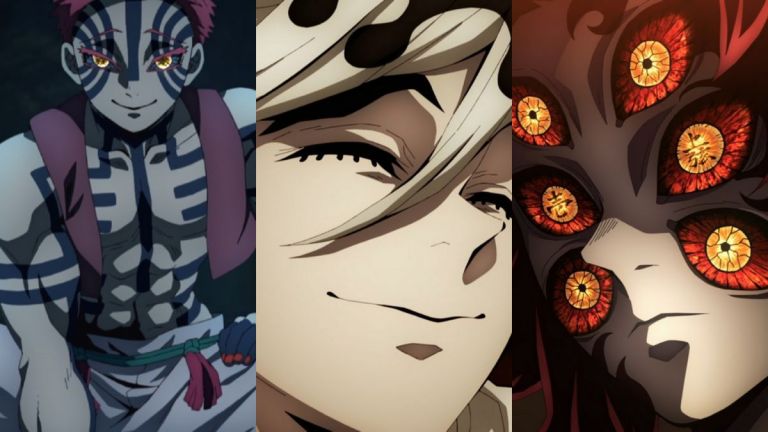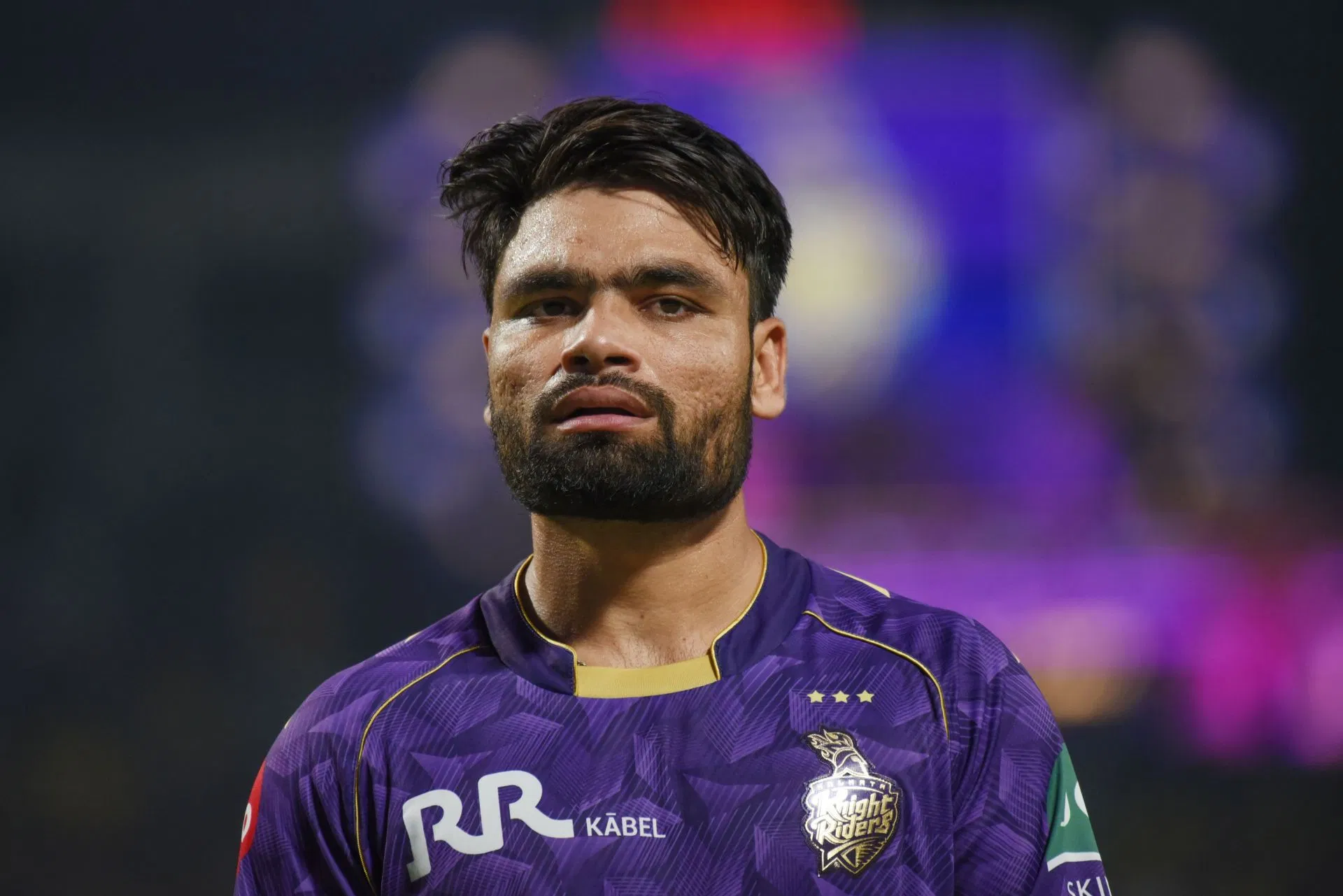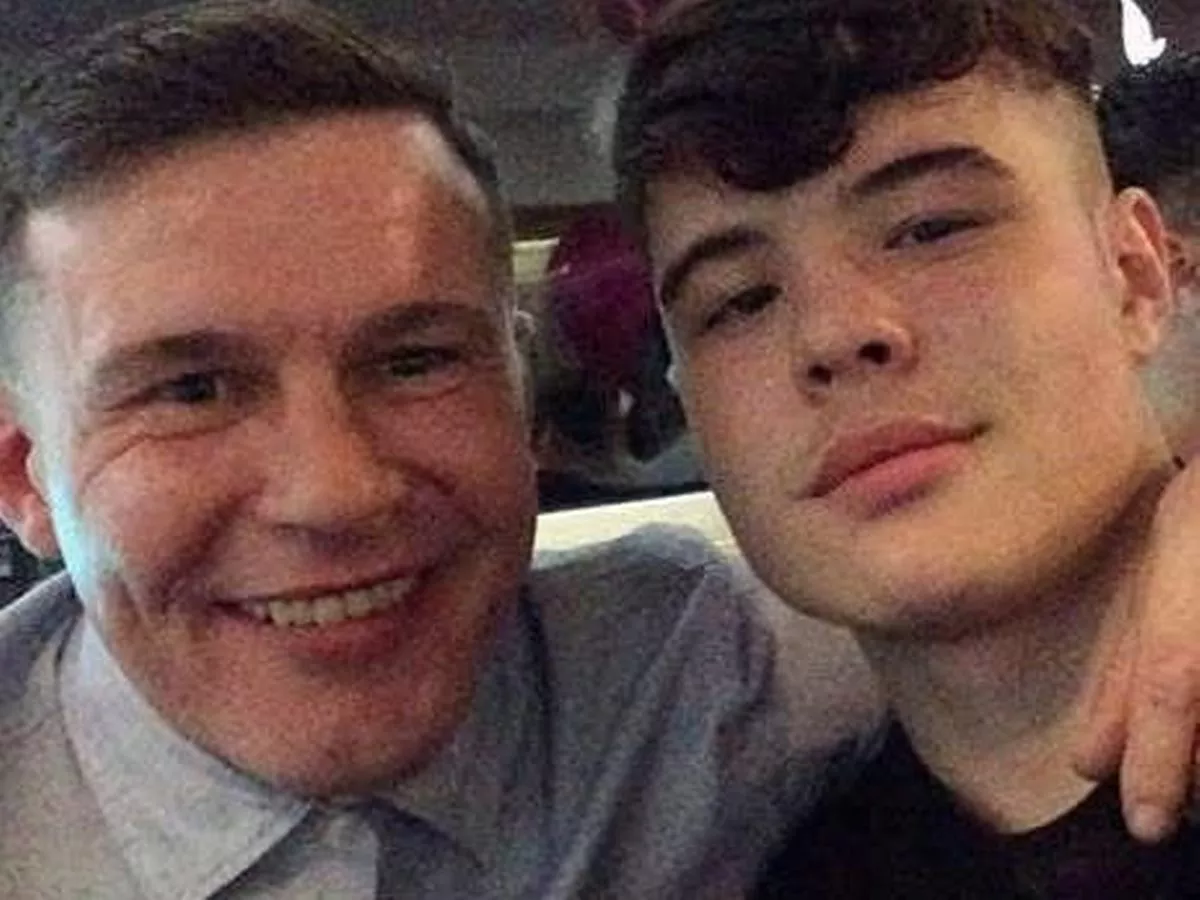By Enzo Zalamea
Copyright primagames

With Demon Slayer: Kimetsu no Yaiba’s popularity being at an all-time high because of the record-breaking success of the Infinity Castle Part 1 movie, here’s a cool reimagining of all the upper moon demons in the world of video games.
Spoilers are only up to the Infinity Castle Part 1 movie, since we have to show these characters.
Upper Moon One: Kokushibo – Sephiroth
From the perspective of someone who knows nothing about Kokushibo apart from what was shown in the series, he just has that aura that screams Sephiroth. Since he is ranked the highest among all upper-rank demons, it is only fitting that we compare him to the Planet’s Heir.
Both of them use a sword as their main weapon, but their similarity doesn’t end there. Kokushibo, being Muzan’s strongest demon, also ties up nicely to Sephiroth’s origins as an engineered soldier through the Jenova Project.
Upper Moon Two: Doma – Kefka Palazzo
The Infinity Castle Part 1 movie delves a little bit into Doma’s backstory, but all you need to see is his psychopathic and nihilistic behavior. What better nihilist and psychopath to compare him to than Kefka Palazzo, the court mage of Emperor Gestahl?
Kefka was another victim of cruel experiments, but it gave him his magical powers. They almost share the same beliefs. Doma cannot comprehend human emotions and sees them all as lesser beings, while Kefka becomes obsessed with destruction and chaos.
Upper Moon Three: Akaza – Akuma
Akuma’s fixation on mastering the Satsui no Hado martial art and wearing his master’s prayer beads sounds remarkably familiar, given Akaza’s backstory. Akaza also has a fixation on learning the Soryu-style, heavily influenced by his master, who saved him from a fate worse than death. Akaza’s whole power also resembles his painful past, as his Blood Demon Art technique, Compass Needle, resembles the snowflake-shaped hairpins Koyuki always wears.
Upper Moon Four: Nakime – Glados
While I struggled to find any comparison for Nakime, the best I could come up with was GLaDOS from Portal. GLaDOS’s whole personality is a bit manipulative and sadistic, but the most comparable element is her sadistic way of forcing people to complete her tests, which are sometimes distorted puzzles. You can compare this to how Nakime can manipulate and expand her Infinity Castle, a power that even Muzan couldn’t replicate.
Upper Moon Five: Gyokko – Mimic Tear
Gyokko might’ve been the hardest demon to find a gaming counterpart. Gyokko’s whole power revolves around manipulating water and his ability to transform his body into different forms. He uses his pots to abduct people and transform them into living statues.
In Elden Ring, there’s a boss called the Mimic Tear that transforms into a replica of you, making it a bit similar to Gyokko’s power. Combine that with all the mimics you encounter in the Souls series, where you can think of those mimic chests as the victims or “living statues” from Gyokko’s horrifying obsession.
Upper Moon Six: Kaigaku – Albert Wesker
While this might be a stretch, Kaigaku’s lust for power is quite similar to that of Albert Wesker, the most iconic villain in the Resident Evil franchise. He wants more power, but it also somehow stems from his need for validation and to be the next Thunder Hashira, which never happened.
In this case, he ended up betraying everyone close to him by joining the enemy and becoming a demon. That’s basically Albert Wesker injecting the Progenitor Virus to gain his superhuman powers. However, Albert Wesker was already evil before this even happened, as he was a double agent when he was working with STARS.
Upper Moon Four: Hantengu – Judgement
Hantengu’s ability to split into different forms and ultimately have those clones more powerful than the original is comparable to the classic Judgement boss from the House of the Dead 2 back in the late 90s.
It is purely through gameplay mechanics, as the imp is controlling a massive metal behemoth throughout the boss fight. You cannot beat the boss by hitting the behemoth, so you’ll have to hit the tiny imp to win the fight.
In the Demon Slayer series, Hantengu’s true form ended up being a frail and tiny demon representing his lazy and cowardly nature, always relying on deception.
Upper Moon Six: Daki and Gyutaro – Ornstein and Smough
Daki and Gyutaro have many comparable video game counterparts, mostly relatable to how you’ll need to behead both Daki and Gyutaro at the same time to beat them.
It is similar to one of the most iconic bosses in the Souls series, Ornstein and Smough. One looks strong and massive, while the other is agile and precise. You’ll need to beat both of them at the same time to win the fight, similar to how Tengen, Tanjiro, Zenitsu, and Inouske did it.
Bonus: Muzan – Sarah Kerrigan
Muzan Kibutsuji has a sad backstory involving having a fatal illness as a child and, luckily, becoming immortal through a medicine that turned him into the first ever demon, but that’s completely unrelated to Sarah Kerrigan from Starcraft 2
With this, Muzan started creating demons for protection, but his ultimate goal was to achieve true immortality by conquering the sun. To help his ambition, he started looking for strong humans to turn into demons to create the upper and lower moons. These demons are not only tasked with eliminating threats such as the Demon Slayer Corps, but they are also looking for the rare Blue Spider Lily to gain the ability to walk in the sun.
Serah Kerrigan doesn’t share the backstory, but shares the ruthless leadership it takes to lead a whole race while having the power to literally increase the population with their powers. The similarities end there, and to be fair, Muzan Kibutsuji could also be compared to someone like Arthas Menethil from Warcraft or Dracula from Castlevania.



